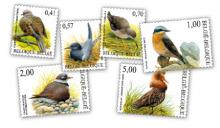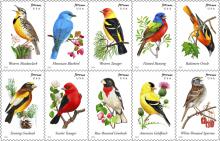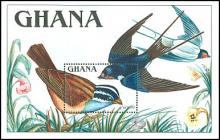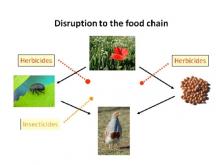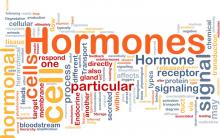In 2010 door Henk Tennekes voorspeld maar we blijven aanmodderen. Voor 40 vogelsoorten is afgelopen jaar het risico toegenomen dat ze zullen uitsterven
Dat blijkt uit de internationale IUCN-rode lijst waarover Natuurpunt bericht. Voor onze contreien gaan de zomertortel, kievit en scholekster Haematopus ostralegus zorgwekkend achteruit. "De zomertortel Streptopelia turtur was altijd een erg algemene zomergast in West-Europa, maar ging de voorbije zestien jaar wereldwijd achteruit met minstens 30 procent en krijgt het label kwetsbaar", verduidelijkt Gerald Driessens van Natuurpunt. "In verschillende West-Europese landen, waaronder België, bedraagt die achteruitgang zelfs meer dan 90 procent." De achteruitgang van de kievit Vanellus vanellus is, net als veel andere vogelsoorten op het platteland, te wijten aan het intensieve landbouwsysteem. De meeste weidevogels broeden volgens Driessens nog wel. Hij telde twee maanden geleden amper twee jongen in een groep van 300 kievitten. "Dit doet ons vrezen dat als deze generatie verdwijnt, we geen kievitten meer zullen hebben." De IUCN-rode lijst is de mondiale standaard om de gezondheid van de natuur te meten. De lijst toont welke planten en dieren met uitsterven worden bedreigd en geeft informatie over hun verspreiding, leefgebied en de bedreigingen. Wetenschappers en natuurorganisaties wereldwijd verzamelden de gegevens, ook vrijwilligers van Natuurpunt werkten hieraan mee. Dankzij de lijst kunnen zorgwekkende trends gesignaleerd worden zodat met gerichte beschermingsmaatregelen ingegrepen kan worden.

